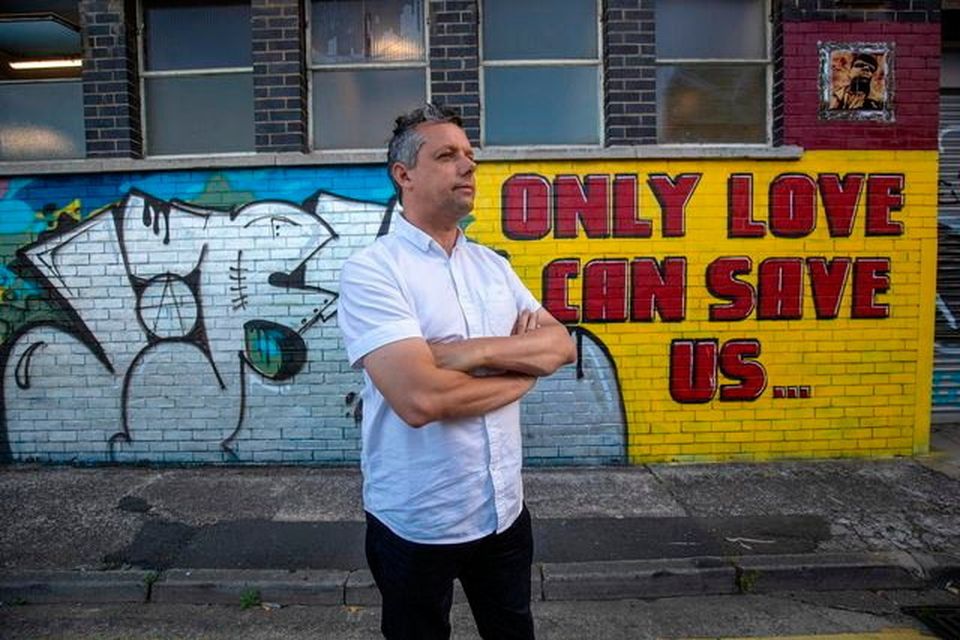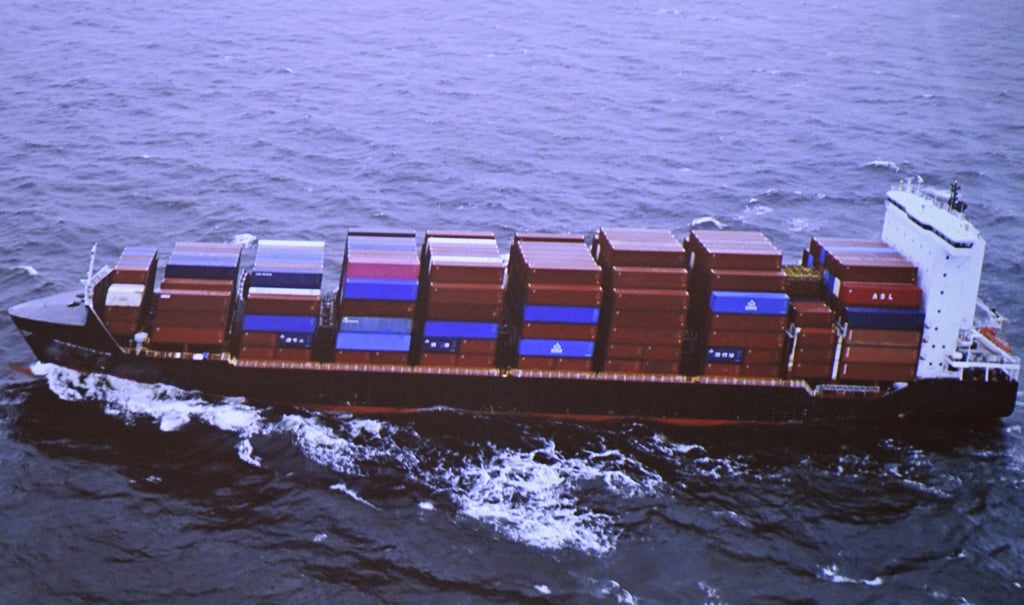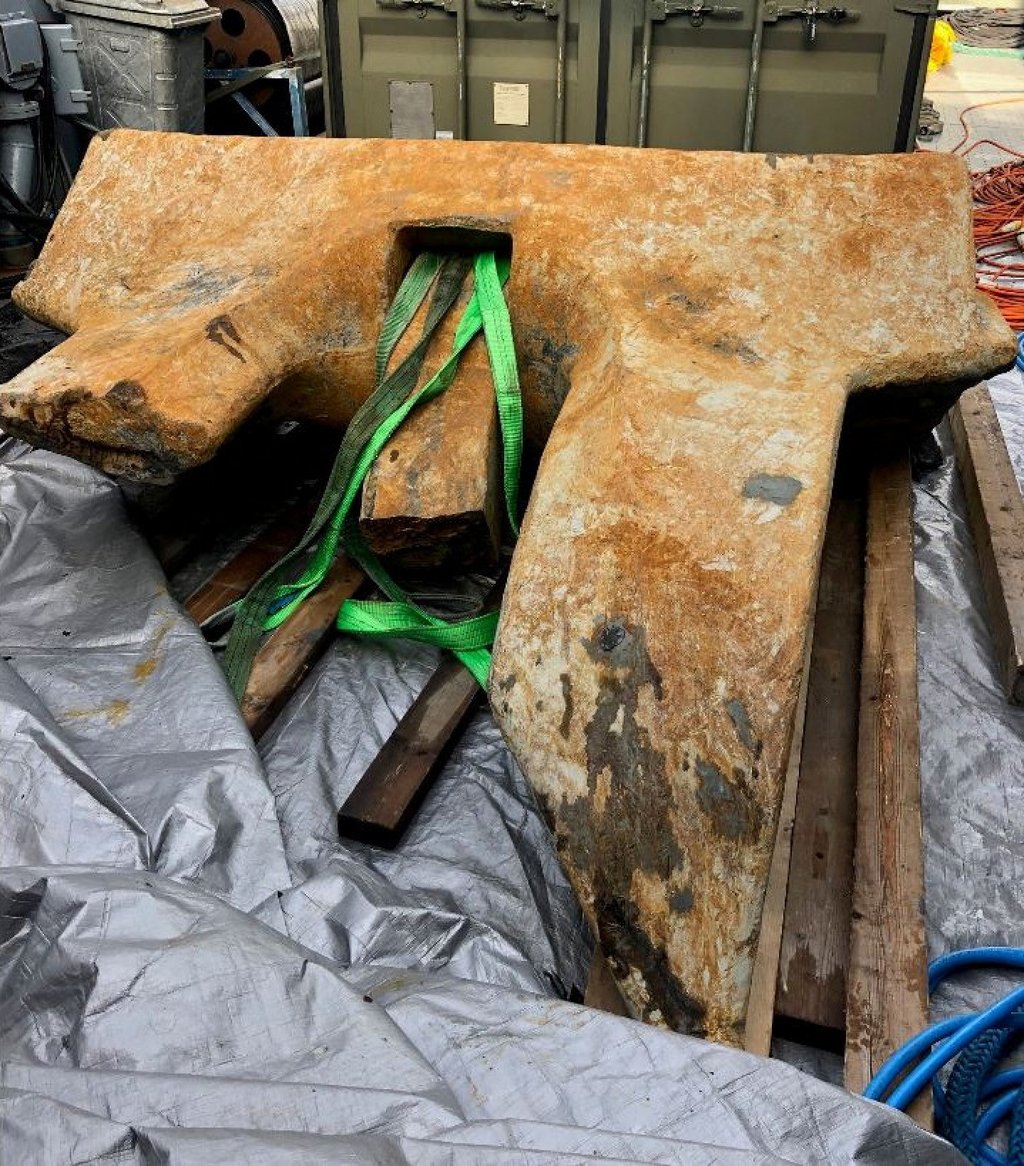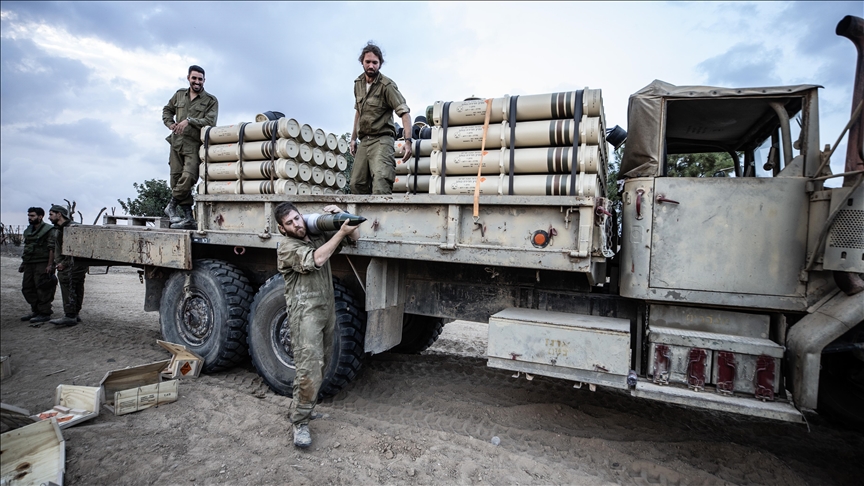The Ukrainian Kursk offensive challenges Russia’s physical defences and the very idea of Putin’s ‘red lines’
byTom Woolmore
13-08-2024

image by Stan. Used with permission
Ukraine’s incursion into Kursk is exposing Russia’s weaknesses in border defences and rhetoric. As the Armed Forces of Ukraine pushes deeper into the Kursk region, the West must question whether Vladimir Putin’s ‘red lines’ ever really existed.
The significance of Kursk to Putin
Kursk is a name of great national significance in Russia. It was the scene of the largest tank battle in history, between Nazi Germany and the USSR during the second world war, in which the Red Army was victorious. It is also famous for another reason, one which is likely to give Russian President Vladimir Putin a pang of traumatic memory.
Less than a year into Putin’s presidency in 2000, the Russian nuclear-powered submarine, Kursk, sank after an accident that to this day remains not entirely clear. While the disaster unfolded, Putin chose to continue his holiday in his extravagant Sochi seaside resort. By the time he authorised international assistance in recovering the submarine crew, all on board had died.
This was a PR disaster for the new president. The media, which at the time was not under such tight government control as today, was highly critical of the government, and the families of the deceased were incensed by Putin’s apparent indifference. His approval ratings dropped dramatically.
This was not the way the young president envisioned his long-awaited consolidation of power. Kursk cast a shadow over his early reign and it seems that, 24 years later, its namesake is once again cursing the Russian dictator with a very public humiliation.
The Ukrainian Kursk offensive
Over the past week, Ukraine has crossed the border into the Kursk region of Russia and broken through two well-established lines of defence. Beyond these two lines lies Russia proper. This has allowed Ukrainian forces to flood through the break in the Russian lines and fan out, taking towns and villages and setting up defensive positions in preparation for an inevitable counterattack.
That counterattack has now come. While Ukraine has remained incredibly tight-lipped about the incursion’s progress and strategic objectives, Russian military bloggers have been very pessimistic in their assessments. Russia’s chief of general staff, Valery Gerasimov, assured Putin that the attack had been halted days ago. Video footage and reports from the ground prove this is clearly a lie, and Ukraine continues to make progress, despite large numbers of Russian reinforcements reaching the area.
Some of the advantages the Russian military enjoys are superiority in artillery, and a considerable advantage in airpower. The problem in the Kursk region is that the Russian army was not expecting an attack, and has not had time to put adequate resources in place.
Ukraine’s operational security a major strength
Ukrainian operational security (OPSEC) has been, and continues to be, exceptional. Very little information is coming out of the region, except from Russian sources, which means it is difficult for open source analysts to work out where Ukrainian forces are positioned or what their objectives might be.
Russia, on the other hand, has been abysmal at the basic military practice of OPSEC. Russian news channels have been reporting live footage of Russian reinforcement columns speeding towards the Kursk region to fight off Ukrainian forces. The problem for Russia is that this footage can be easily geolocated, and Ukraine is therefore being given live intelligence about what resources are being allocated and from which direction.
Ukraine moved air defence systems close to the border before the incursion, so Russian aircraft have been unable to halt the advance. Russian artillery was either not in position or not sufficient in number to hold off the break in defensive lines. Now any incoming
No established defences, little to no air cover, and a fast-moving battlefield all mean artillery cannot stay in position for long. Already, footage has emerged (from Russian sources) showing the aftermath of Ukrainian strikes on a Russian column on its way to Kursk. The graphic footage shows a line of damaged and burnt-out vehicles, with bodies strewn across the road and piled up in the back of the trucks.
Ukraine’s strategic objectives, and how close they are to achieving them, are still unknown, but it is clear this is becoming a disaster for Russia. The war has come to Russia’s soil, and Ukrainian forces continue to advance. According to Russian sources, more than 76,000 Russians have already been evacuated from the region.
Although not yet visually confirmed, it is almost certain that Ukrainian mechanised forces deployed to the area will be using German-provided Leopard 2 tanks. If Putin did not already think the name Kursk would be a curse upon his reign, the sight of German tanks rolling into Russia once again has surely removed any doubt.
Will this be a ‘red line’ for Russia?
In some circles, this is understandably raising concern as to what the Russian response to the incursion might be. After all, we have been regularly reminded by experts and the media throughout the war that Putin is a madman who may resort to using nuclear weapons. Indeed, very early in the war, Russia’s nuclear forces were put on high alert. In May and June this year, Russia announced drills on the use of tactical nuclear weapons.
The idea that Russia would tolerate an incursion into its own territory without an overwhelming and deadly response would have previously been unthinkable. The problem for Putin is that perhaps his greatest personal loss during this conflict has been his ‘credibility’ as an unpredictable madman. He has made empty threats time and time again, and you would be forgiven for forgetting how many ‘red lines’ have already been supposedly crossed.
Providing anti-tank NLAWS and Javelins would escalate the threat of nuclear war, we were told. Providing tanks would be a major provocation that would “not bode well from the point of view of global and pan-European security”. Finland and Sweden joining Nato would meet “serious military and political consequences”. Providing fighter jets would make Western bases legitimate targets, apparently. Attacks on Ukrainian regions that were declared part of Russia in sham referendums would be deemed a direct attack on Russia itself, and we were assured that such attacks could warrant the use of “all weapons systems available to us”, and that it was “not a bluff”. Only two months ago, Putin reminded journalists that if Russia’s territorial integrity was threatened, then it reserved the right to use nuclear weapons.
Has Putin’s bluff been called on strongman image?
Putin relies heavily on his strongman image, and his strategy of ‘escalate to de-escalate’: believing that threatening an overwhelming and disproportionate response is the best way to get his opponent to back down. The problem is that when your bluff is called and there are no consequences, your credibility is in tatters.
It feels obvious to say that the threshold for the use of nuclear weapons is lower in Russia than it is in Nato. Indeed, it is allegedly lower than experts expected, according to leaked documents coming out of Russia. But I continue to question some of the alarmism about Putin’s willingness to use weapons that would result in collective suicide.
The threats of nuclear response instead point to weakness and an admission of failure in Russian military performance in conventional warfare. Putin does not want to die or lose power, so nuclear use is unlikely, but he desperately wants to be considered a global power in a position of strength. Therefore, he will frequently remind us of the nuclear arsenal available to him, while his army is systematically destroyed by his much smaller neighbour.
Early results point to Ukrainian success
This incursion into Kursk by Ukraine is so far proving to be a success, although we cannot fully assess its impact or its strategic objectives until more information is available. One thing we can say for certain is that its early stages have been a complete humiliation for Putin and his military commanders.
A nuclear response still feels highly unlikely, as the consequences of such an action would do far more harm than good for Russia, and Putin knows it. When your ‘red lines’ are declared at a level so low as to be unenforceable, and crossed so frequently, it should not come as a surprise when people test them. Ukraine knows its enemy better than anyone, and its forces’ repeated daring in the face of their much larger and nuclear-armed enemy puts Western timidity to shame.










